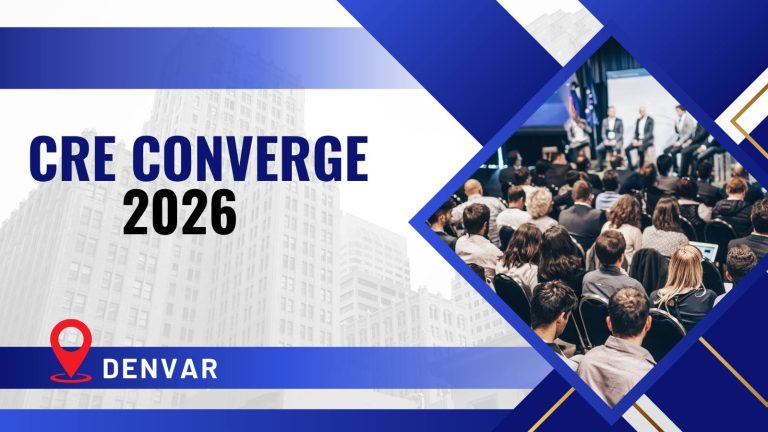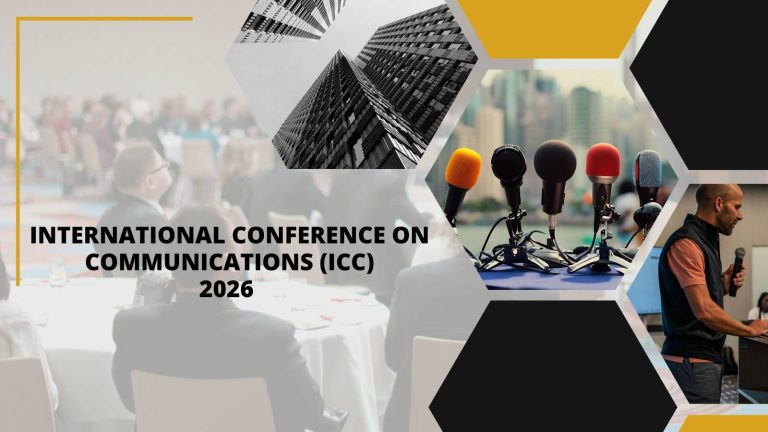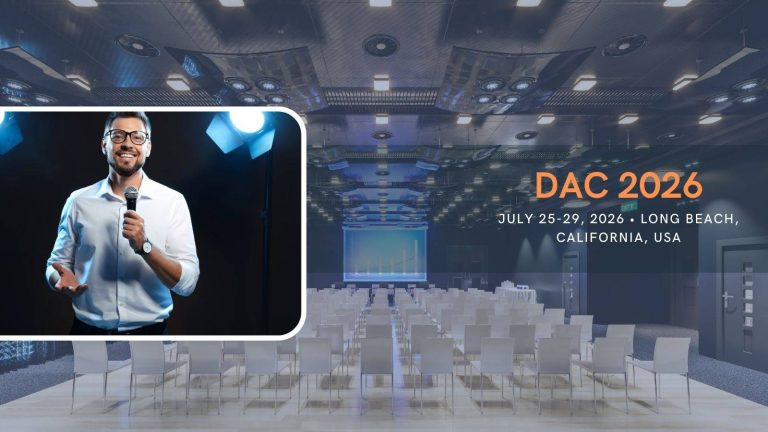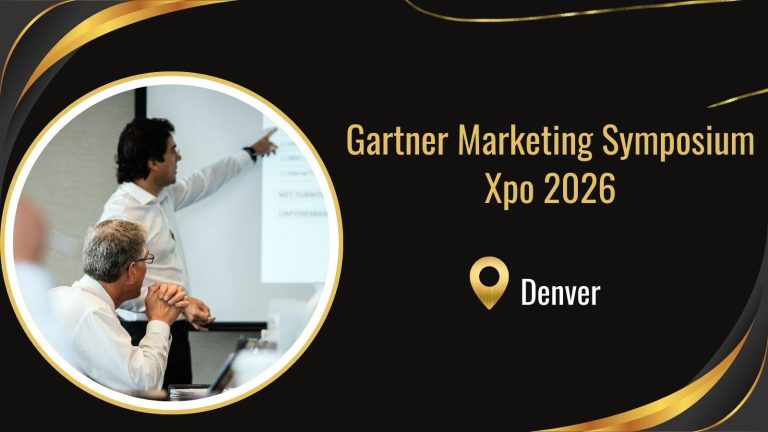Difference Between Conference Proceedings and Conference Paper!

Researcher or a scholar, you may have encountered the terms conference proceedings and conference paper. These are two different types of academic publications that are related to conferences, but they have distinct features and purposes. Explain the difference between conference proceedings and conference paper, and provide some tips and advice on how to write and publish them.

What are Conference Proceedings?
Conference proceedings are a collection of papers or abstracts that are presented at a specific academic conference. They are usually published by the conference organizers or a reputable publisher, such as a university press or a professional association. Conference proceedings serve as a record of the conference and a source of information for the academic community.
Conference proceedings can take various forms, such as:
Printed books: Some conference proceedings are published as printed books that can be purchased or borrowed from libraries. They usually have an ISBN number and a cover page with the conference title, date, and location.
Online journals: Some conference proceedings are published as online journals that can be accessed through databases or websites. They usually have an ISSN number and a homepage with the conference details and a table of contents.
CD-ROMs or USB drives: Some conference proceedings are published as CD-ROMs or USB drives that are distributed to the conference participants or attendees. They usually have a label with the conference information and a file directory with the papers or abstracts.
What are Conference Papers?
Conference papers are papers that are submitted by researchers or scholars who want to present their work at an academic conference. They are usually written in response to a call for papers that is issued by the conference organizers before the conference. The call for papers specifies the conference theme, objectives, scope, and submission guidelines.
Conference papers can be presented in various formats, such as:
Oral presentations: Some conference papers are presented orally by the authors in front of an audience. They usually have a time limit and are followed by a question-and-answer session.
Poster presentations: Some conference papers are presented as posters that are displayed on a board or a wall. They usually have a visual layout and are accompanied by a brief oral explanation by the authors.
Panel discussions: Some conference papers are presented as part of a panel discussion that involves several authors and a moderator. They usually have a common topic and are followed by a discussion with the audience.
Advantages and disadvantages of conference proceedings and conference papers?
Conference proceedings and conference papers have their own advantages and disadvantages, depending on the goals and preferences of the authors and the readers.
Advantages of conference proceedings
They provide a fast and efficient way to disseminate research findings and innovations. Conference proceedings are usually published within a few months after the conference, which is faster than most academic journals. This allows the authors to share their work with a wider audience and get feedback and recognition sooner.
Showcase the diversity and richness of a conference. Conference proceedings include papers or abstracts from various disciplines, fields, and perspectives that are related to the conference theme. This allows the readers to get a comprehensive and holistic view of the conference and the current state of knowledge and practice in a given area.
Ensure the long-term preservation and accessibility of conference papers. Conference proceedings store and index conference papers from various sources, such as oral presentations, poster presentations, and panel discussions. This allows future researchers and scholars to access and cite conference papers even after the conference has ended.
Disadvantages of Conference Proceedings
May have lower quality and impact than academic journals. Conference proceedings are usually not peer-reviewed or have a less rigorous review process than academic journals. This may affect the quality and credibility of the conference papers and the proceedings. Conference proceedings may have lower citation rates and impact factors than academic journals, which may affect the reputation and visibility of the authors and the conference.
Formatting and duplication issues. Conference proceedings may have different formatting and citation requirements than academic journals, which may cause confusion and inconsistency for the authors and the readers. Moreover, conference proceedings may not be able to distinguish between different versions of the same paper, such as the preprint, the conference paper, and the journal paper. This may result in duplication or contradiction of citation metrics and profiles.
Advantages of Conference Papers
Opportunity to present and discuss research work with peers and experts. Conference papers allow the authors to present and discuss their work with other researchers and scholars who have similar interests and expertise. This allows the authors to get feedback, suggestions, and collaboration opportunities from their peers and experts.
Provide a stepping stone to publish in academic journals. Conference papers allow the authors to test and refine their work before submitting it to academic journals. They also allow the authors to establish their reputation and network with potential journal editors and reviewers.
Disadvantages of conference papers
Limited scope and depth. Conference papers are usually shorter and more concise than journal papers, due to the word limit and time constraint imposed by the conference organizers. This may limit the scope and depth of the research work and the analysis and discussion of the results.
Ethical and legal issues. Conference papers may have ethical and legal issues, such as plagiarism, data fabrication, data falsification, data misrepresentation, and authorship disputes. These issues may damage the reputation and credibility of the authors and the conference.
How to write and publish conference proceedings and conference papers?
Writing and publishing conference proceedings and conference papers require different steps and strategies, depending on the conference and the publisher. General tips and advice on how to write and publish conference proceedings and conference papers:
How to write conference proceedings?
Follow the conference and the publisher guidelines. Before writing conference proceedings, you should check the conference and the publisher guidelines for the format, style, and citation of the proceedings. You should also check the deadline, the submission method, and the review process of the proceedings.
Select and organize the conference papers or abstracts. After the conference, you should select and organize the conference papers or abstracts that you want to include in the proceedings. Consider the quality, relevance, and diversity of the papers or abstracts, and group them according to the conference theme, tracks, or sessions.
Edit and proofread the conference papers or abstracts. Before publishing the conference proceedings, you should edit and proofread the conference papers or abstracts for clarity, accuracy, and consistency. You should also check for plagiarism, data integrity, and ethical compliance of the papers or abstracts.
Add a preface, a table of contents, and an index. To make the conference proceedings more informative and user-friendly, you should add a preface, a table of contents, and an index to the proceedings. The preface should introduce the conference, the proceedings, and the editors. The table of contents should list the titles, authors, and page numbers of the papers or abstracts. The index should list the keywords, topics, and authors of the papers or abstracts.
How to Write Conference Papers?
Follow the call for papers guidelines. Before writing conference papers, you should check the call for papers guidelines for the format, style, and citation of the papers. Check the deadline, the submission method, and the review process of the papers.
Write a clear and concise abstract. The abstract is the first and most important part of your conference paper, as it summarizes the main purpose, methods, results, and implications of your research work. The abstract should be clear and concise, and follow the IMRAD structure: Introduction, Methods, Results, and Discussion.
Write a well-structured and coherent paper. The paper is the main body of your conference paper, as it presents and discusses your research work in detail. The paper should be well-structured and coherent, and follow the IMRAD structure: Introduction, Methods, Results, and Discussion. The introduction should provide the background, motivation, and objectives of your research work. The methods should describe the data, tools, and procedures that you used to conduct your research work. The results should report the findings and outcomes of your research work. The discussion should interpret and evaluate the results, and compare them with the existing literature and knowledge.
Write a clear and concise conclusion. The conclusion is the last and final part of your conference paper, as it summarizes the main points and implications of your research work. The conclusion should be clear and concise, and answer the research question or hypothesis that you posed in the introduction. The conclusion should also provide some recommendations, limitations, and directions for future research.
Questions to ask yourself before submitting a conference paper
Before submitting a conference paper, you should ask yourself the following questions:
Is the conference reputable and relevant to your field? Check the reputation and relevance of the conference that you want to submit your paper to. Consider the quality, impact, and scope of the conference, and the profile, expertise, and affiliation of the organizers, speakers, and attendees.
Is the paper original and significant? You should check the originality and significance of your paper. Ensure that your paper is not plagiarized, duplicated, or published elsewhere, and that your paper contributes to the advancement of knowledge and practice in your field.
Is the paper clear and concise? Check the clarity and conciseness of your paper. Ensure that your paper is written in a clear and concise language, and that your paper follows the format, style, and citation guidelines of the conference.
Is the paper well-structured and coherent? Check the structure and coherence of your paper. Ensure that your paper has a logical and consistent flow, and that your paper has an introduction, a methods, a results, and a discussion section. For details visit our official conference website.
Country: USA, UK, China, Singapore, UAE, France, Germany, Australia.
City: London, Singapore, Paris, Dubai, Rome, Sydney, Kuala Lumpur, Toronto, Berlin, Bangkok, Valencia, Washington.
Topic: Engineering and Technology, Health and Medicine, Business and Economics, Education, Physical and Life Sciences, Social Sciences & Humanities, Interdisciplinary, Other.






